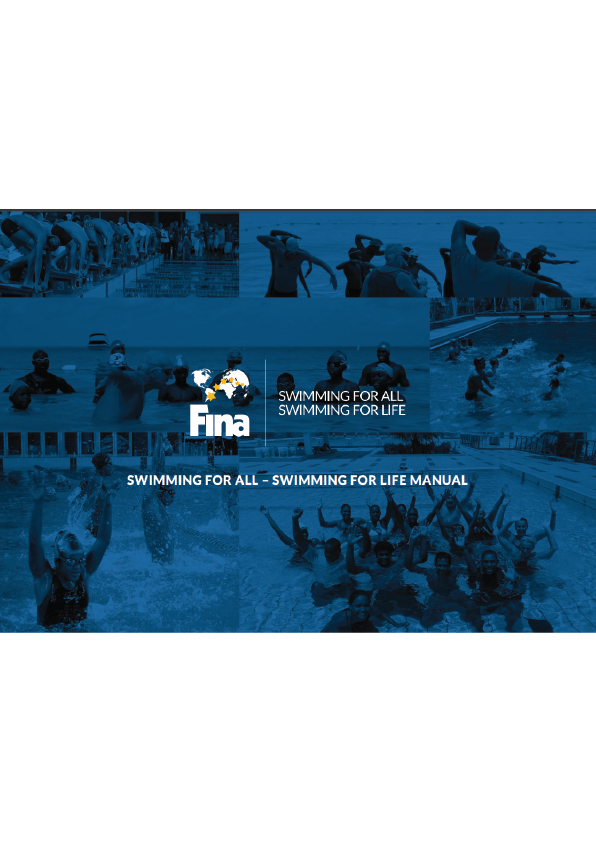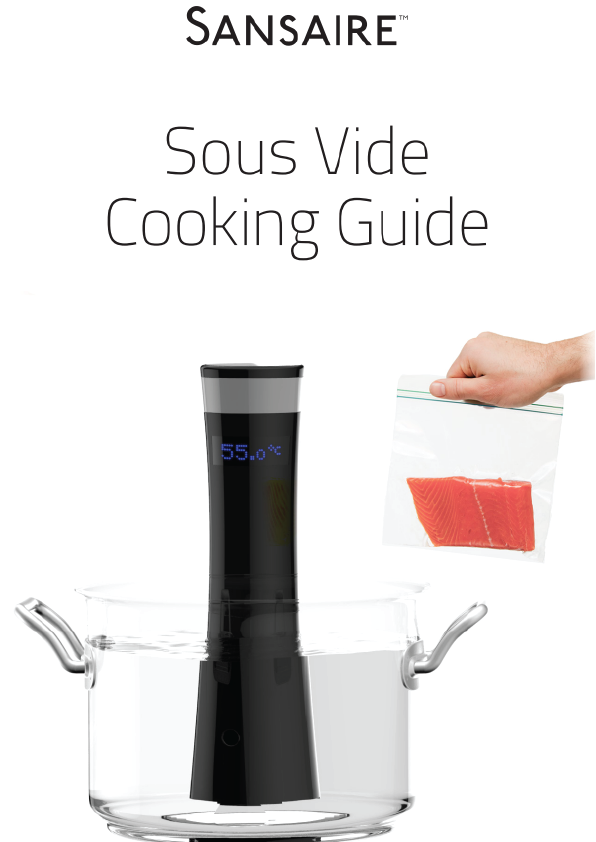Competitive diving, as it is known today, began in Sweden and Germany in the 18th century. Gymnasts would practice their tumbling routines by diving into the water. When Swedish divers visited Great Britain in the 19th century, they put on an extremely popular show that eventually led to the formation of the first diving organization in 1901—the Amateur Diving Association.
Diving is a sport that people all around the world participate in today. Athletes from 29 different countries took part in diving during the 2016 summer Olympics, with more than 300 junior diving clubs in the United States alone. Many of these divers are also members of swimming teams, especially at the high school level.
Diving involves aspects from multiple sports, which could get confusing at first. Please use this as a guide to help find your way through the murky waters on how to get started.
Before your child jumps into the pool, it’s helpful to understand the basics of the sport and what to expect.
Types of Diving
Springboard
This event uses flexible “bouncy” boards that are set at heights of one meter and three meters above the water’s surface. You can also adjust these boards to be more stiff or flexible.
Platform
This event uses static platforms set at five meters, seven-and-one-half meters, and 10 meters.
Synchronized Diving
This event uses either the threemeter springboard or the 10-meter platform. Two divers compete as a team and attempt to perform the same dive at the same time while mirroring one another.
Scoring
A panel of five or more judges will look at five different elements of each dive and award the athlete a score between one and 10. The highest and lowest scores are usually discarded to reduce subjectivity, with the three remaining scores added together and multiplied by the degree of difficulty of the dive.
Elements of Judging
- Starting Position Divers can choose from a variety of different starting positions when on the board or platform, and will be judged on the execution of the position they choose.
- The Approach Divers should move to the end of the board in a smooth motion while displaying good form.
- Takeoff Divers should show good balance and control, and should start an acceptable distance from the platform or springboard.
- Flight Divers should maintain control of their bodies throughout the duration of their time in the air. They should also complete the required amount of rotation and revolution, depending on the elements of their dive.
- Entry The angle of entry into the water should be straight and cause a minimal splash.
Categories of Dives
Forward Group
- The diver starts facing the water and then rotates down toward the water once in the air. Dives in this group vary from simple front dives to difficult forward, four-and-onehalf somersaults.
Inward Group
- The diver begins at the end of the board with their back to the water, like they were performing a backward dive, but then rotates toward the board
Backward Group
- The diver starts at the end of the diving board facing the ladder, with their back to the water, then rotates away from the board.
Twisting Group
- Dives that have a twist (excluding armstands) fall into this group. The four types of twists: forward, backward, reverse, and inward.
Reverse Group
- The diver starts facing the water as if they were performing a forward dive, but then rotates toward the board.
Armstand Group (Platform only)
- The diver starts their dive by going up into a handstand at the end of the platform.
Do you want to understand more about diving? Read through the book above now!











